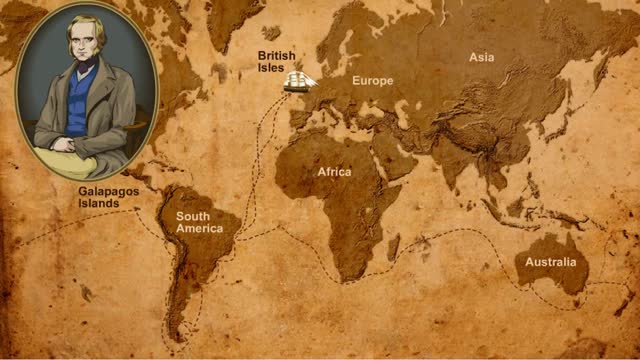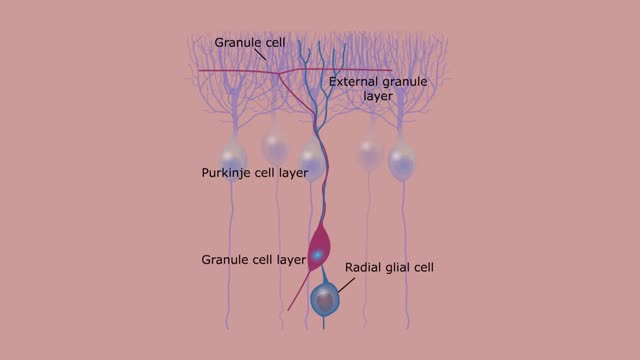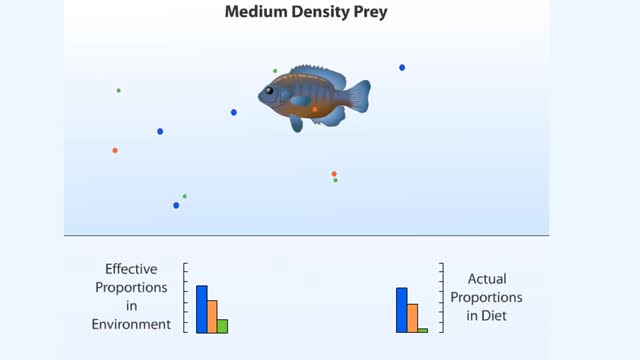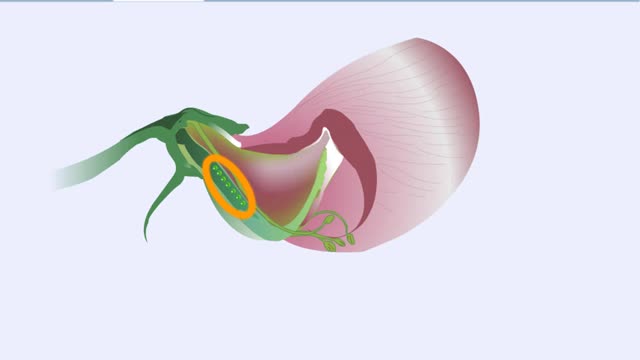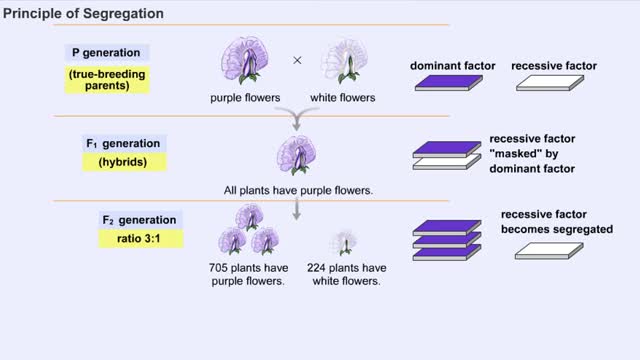Search Results
Results for: 'pH'
Diversity of Living Creatures - Charles Darwin & the Beagle's Voyage
By: HWC, Views: 10930
As we look around at the living creatures on Earth, we see a great amount of diversity. In some cases, the differences are quite noticeable, like the differences between plants and animals. Some differences are not as easy to see, like the differences between two species of lizard. How did all...
Cavernous Sinus Larynx Middle Ear Orbit: Granulesm Animation
By: HWC, Views: 10642
The cavernous sinuses are located within the middle cranial fossa, on either side of the sella turcica of the sphenoid bone (which contains the pituitary gland). The cavernous sinuses, a rich plexuses of veins that surround the internal carotid arteries, lie lateral to the pituitary fossa. Ant...
Photosynthesis and Van Helmont Experiment
By: HWC, Views: 10597
All energy on Earth comes from a star, the Sun. Light must travel 160 million kilometers to reach Earth where plants capture this light energy and convert it to chemical energy in the form of sugars. This biochemical process is called PHOTOSYNTHESIS. The summary equation for photosynthesis is ...
Electromagnetic Spectrum, Chlorophyll and Pigment & Light
By: HWC, Views: 11124
The sun gives off radiation that is called the electromagnetic spectrum. This is energy that travels as wavelengths and includes radio waves, X-rays and ultraviolet light. A portion of this radiation is known as visible light, and is the type of radiation that plants use to manufacture sugars. ...
Chloroplast Structure & Light Dependent Reactions (Photosystem 1 and 2 Cyclic Electron Flow)
By: HWC, Views: 10883
The leaf is the principle photosynthetic organ of the plant. This is a cross section of a leaf. The rectangular-shaped cells are part of the photosynthetic tissue called the palisade mesophyll. Each photosynthetic cell can contain several hundred organelles known as chloroplasts. The chlorop...
Calvin cycle (The light-independent reactions )
By: HWC, Views: 11157
The light-independent reactions of photosynthesis occur in the stroma of the chloroplast. Carbon dioxide enters the leaf through tiny pores or stomata and diffuses into the chloroplast. The first stage of the Calvin cycle is the attachment of a carbon dioxide molecule to a 5-carbon ribulose bi...
How does an animal choose what food to eat?
By: HWC, Views: 10819
One might assume that natural selection has influenced the foraging behaviors of animals, and that most animals forage efficiently, spending the least energy to gain the most nutrients. This is the underlying assumption of optimality modeling, a scientific approach to studying foraging behavior. ...
By: HWC, Views: 10777
Sugar snap peas were common garden plants during Mendel's lifetime and many varieties undoubtedly grew in the abbey gardens. An avid gardener. this is where Mendel first made observations about pea plants. He noticed that certain characteristics of peas were passed from generation to generation. ...
Mendel's Principles of Dominance, Segregation and Independent Assortment
By: HWC, Views: 11041
Mendel selected true-breeding parents with contrasting traits, for example, purple and white flower color, and performed reciprocal crosses by choosing pollen from one parent and hand pollinating the seed-forming parent with this pollen. A cross-fertilization resulted from this procedure. In t...
Advertisement



